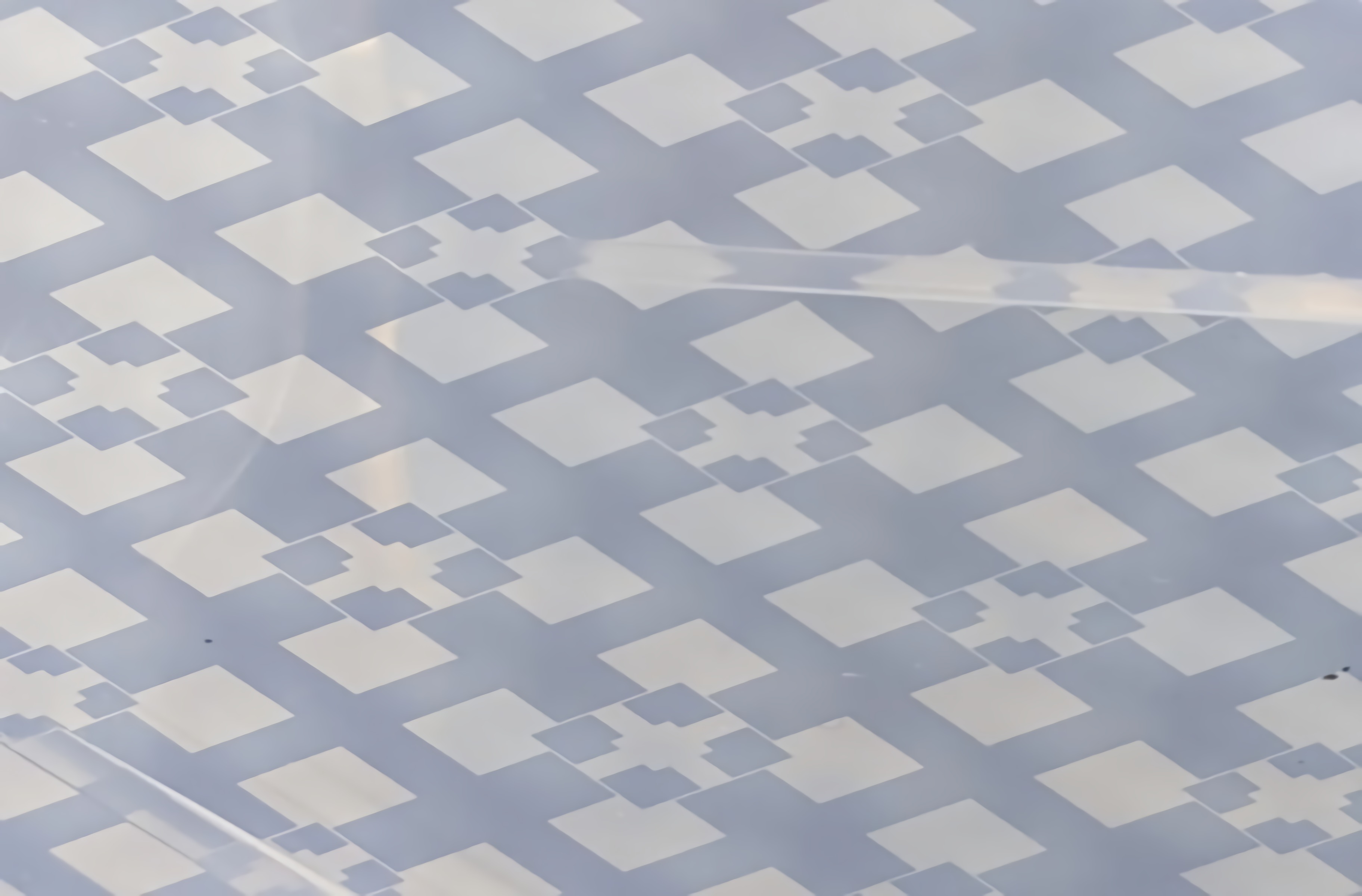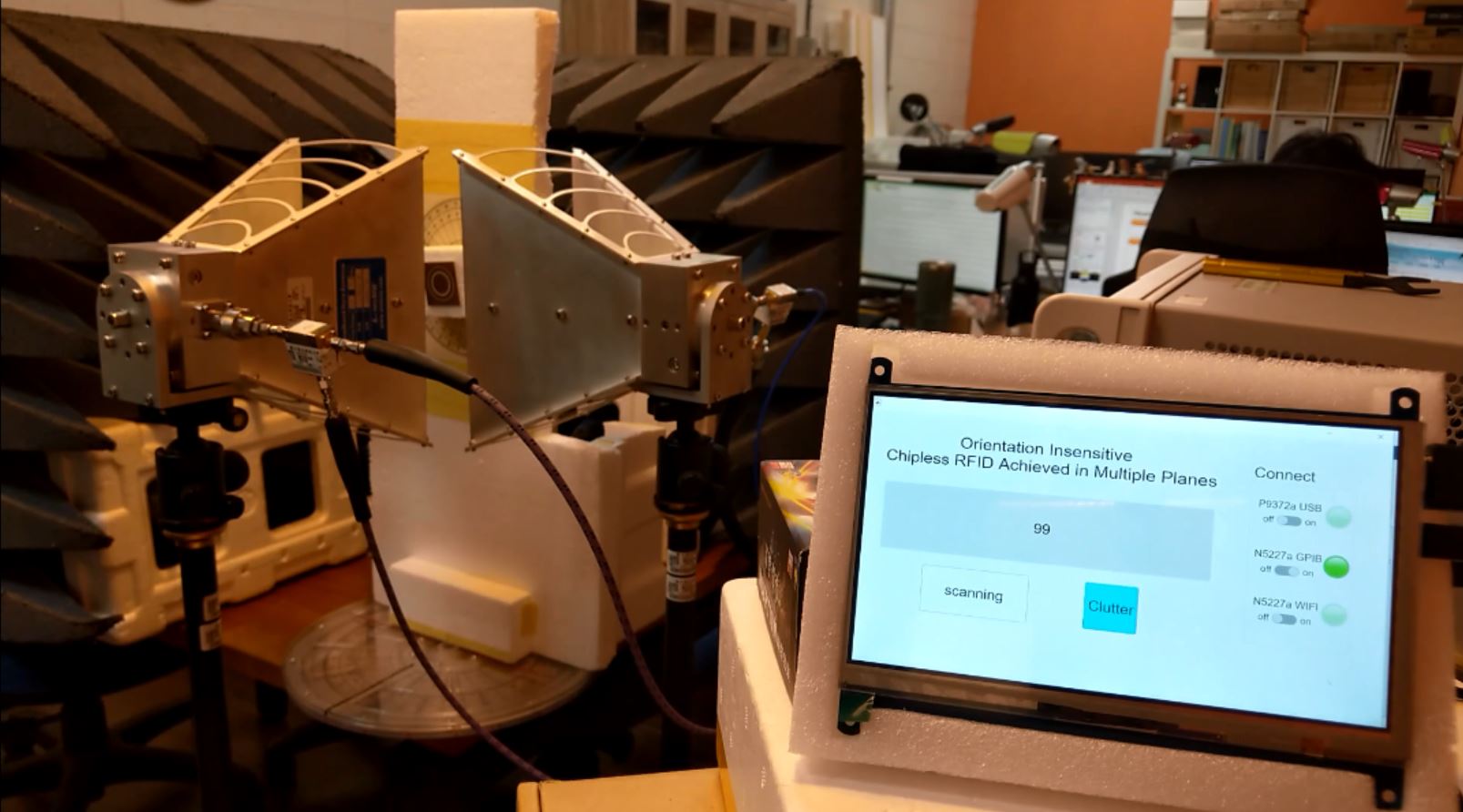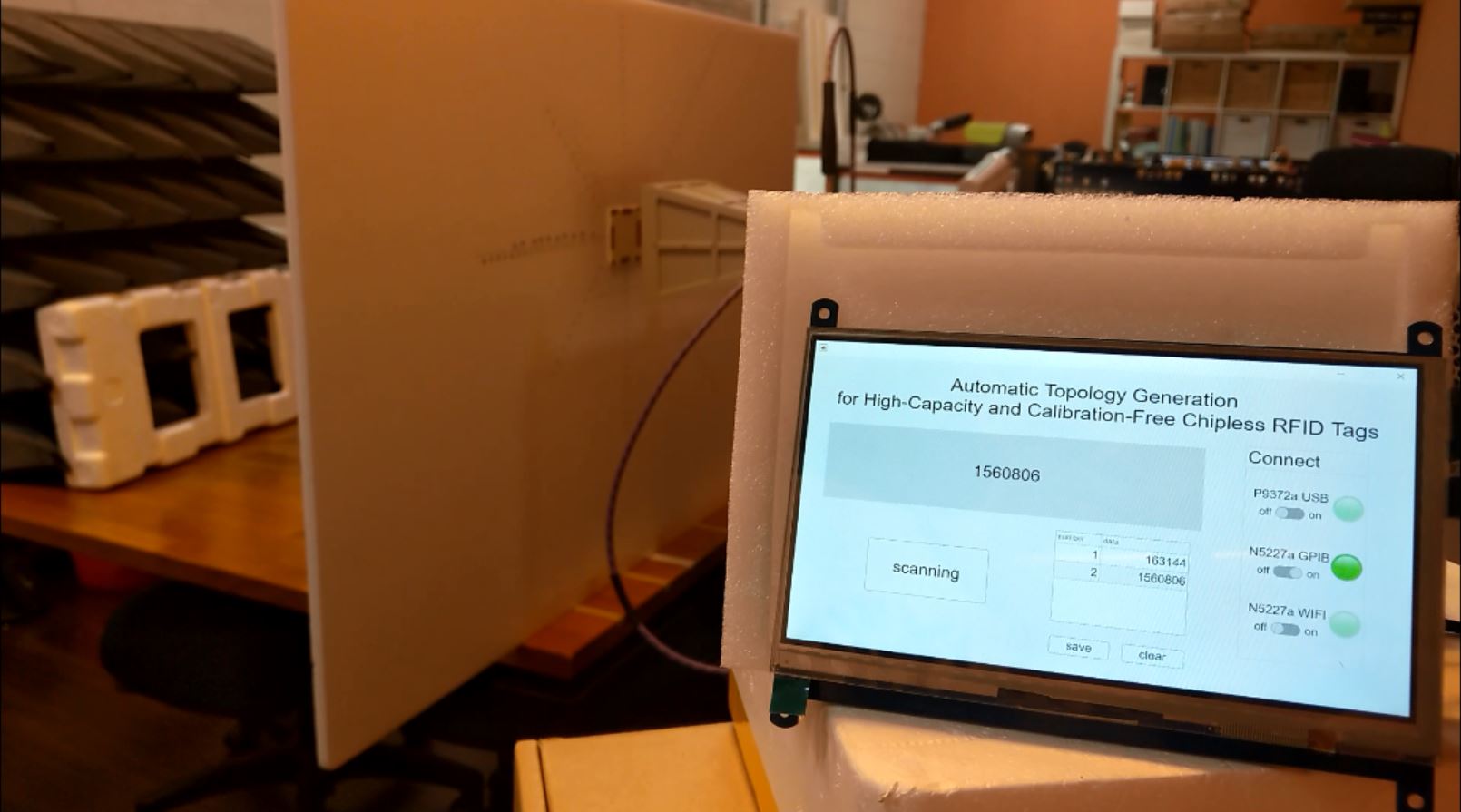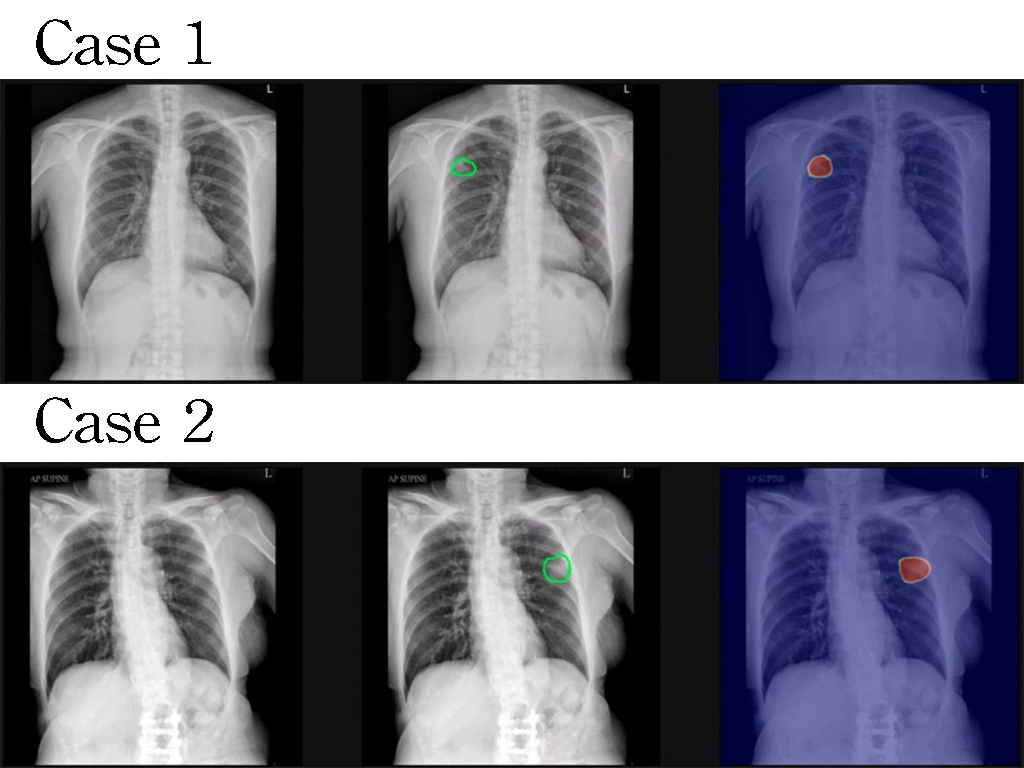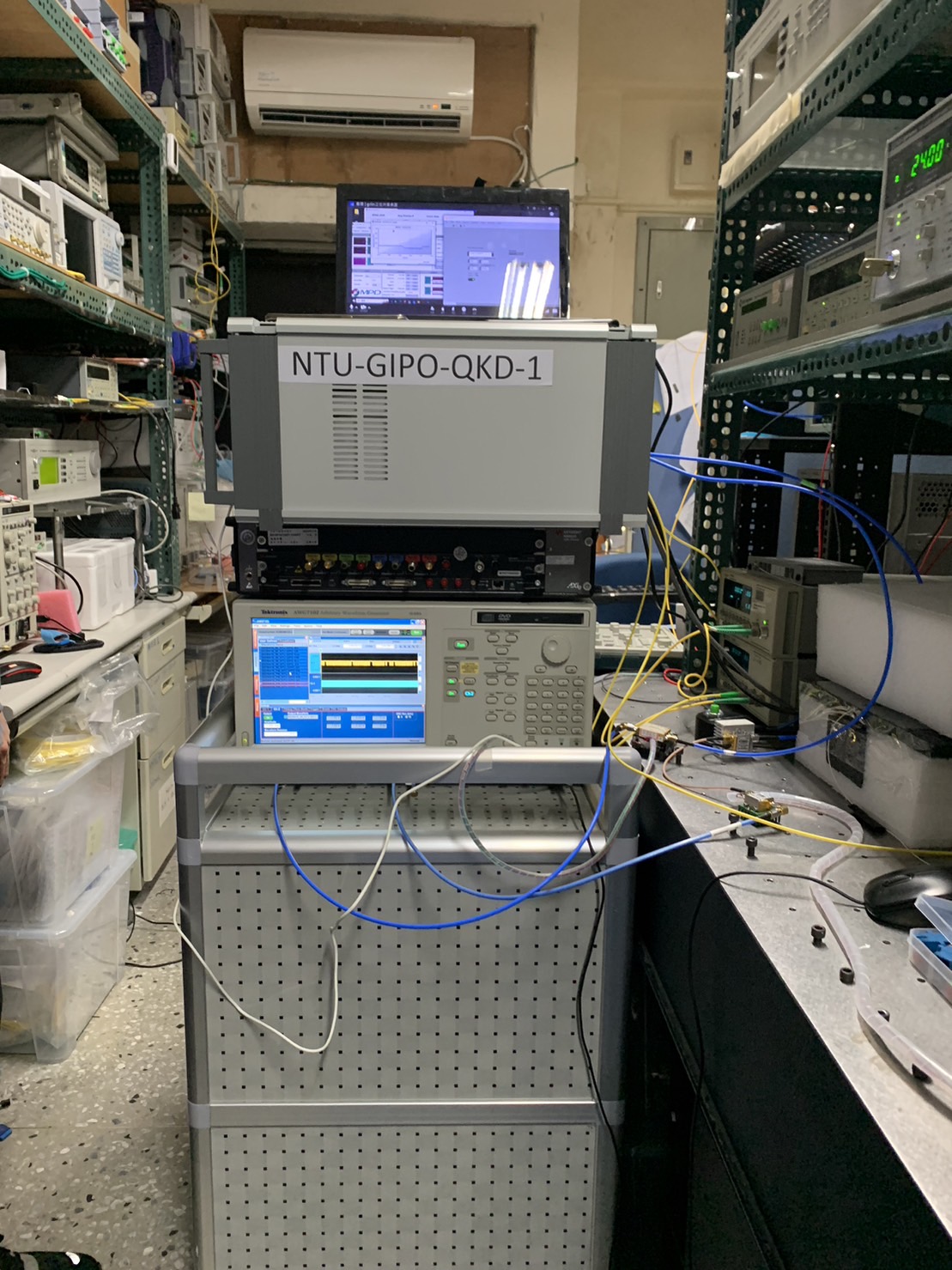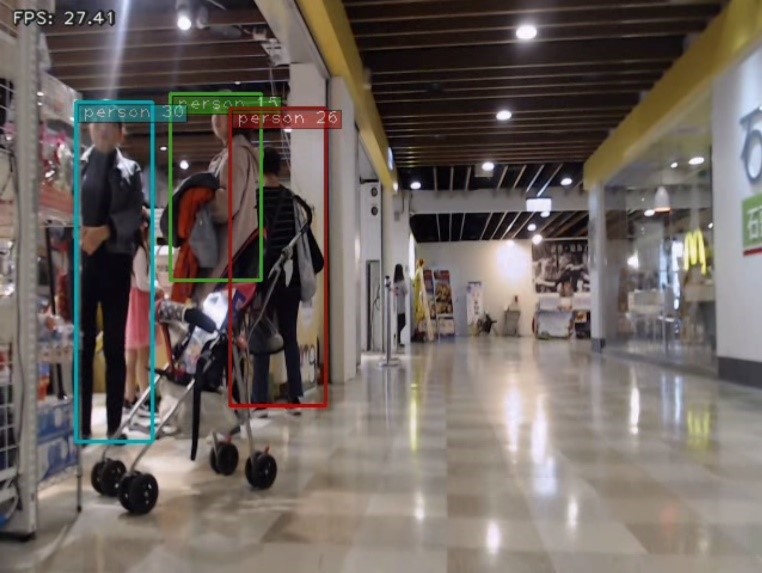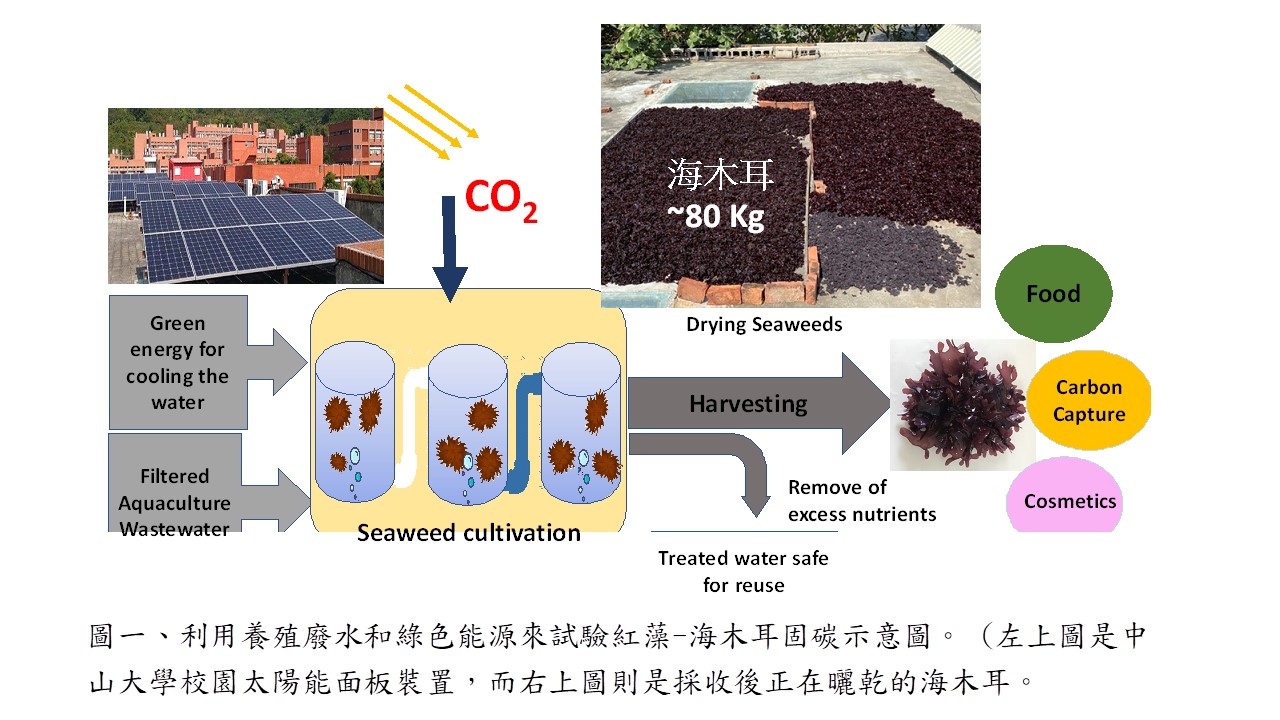| Technical Name | 突破物聯網的最後一哩:無晶片射頻辨識 | ||
|---|---|---|---|
| Project Operator | National Taipei University of Technology | ||
| Project Host | 陳晏笙 | ||
| Summary | The major cost of conventional RFID tags comes from a microchip. To reduce the start-up cost, we develop a chipless RFID system that eliminates the use of the chip. This research organize the real-world issues of chipless RFID into four subjects, including the design of chipless tags, chipless RFID readers, reader signal processing,wireless propagation channel. We successfully integrate the four topics, developing a calibration-free, orientation-insensitive,high-capacity chipless RFID system with multi-tag detection capability. |
||
| Technical Film | |||
| Scientific Breakthrough | Our technology revolutionizes loTUHF RFID. Our chipless RFID reduces the cost by 99, as the chip is removed yet the information can be recorded on fully printable conductors. This technology can be implemented on library collection managements, checkout systems,other RFID applications. Especially, when this technique is applied to the items of mallssupermarkets, the checkout efficiency can be greatly enhanced. Moreover, consumers can have a brand-new shopping experience. It is not only a cost-reduced RFID technology it brings a dramatic impact to shopping behaviors. |
||
| Industrial Applicability | Our technology can be applied to various loT scenarios. Especially, the chipless tags can be attached to items from retailers such as malls, supermarkets,convenient stores. Our chipless RFID provides a multi-tag detection manner. With a reader placed under the check-out desk, a basket full of items can be scanned,the price of those items is shown accordingly. In addition, chipless RFID has potential for library collection managementsseveral loT applications. In summary, it preserves the cost of barcode technology, whereas it achieves the detection capability of UHF RFID. |
||
| Matching Needs | 1.欲媒合之產業領域:資訊與通訊、電子與光電、材料化工、機械與系統、綠能與環境、生活應用。2.欲媒合項目:技術合作、技術轉移、投資合作。 |
||
| Keyword | Chipless RFID Radio-frequency identification Internet of Things Antennas Wireless communication Localization Time-frequency analysis Library management Broadband System integration | ||
- t107369009@ntut.org.tw
other people also saw

The development of bioconcrete with photocatalytic, hydrophobic, antivi ral and antibacterial functions using microbial induced precipitation
